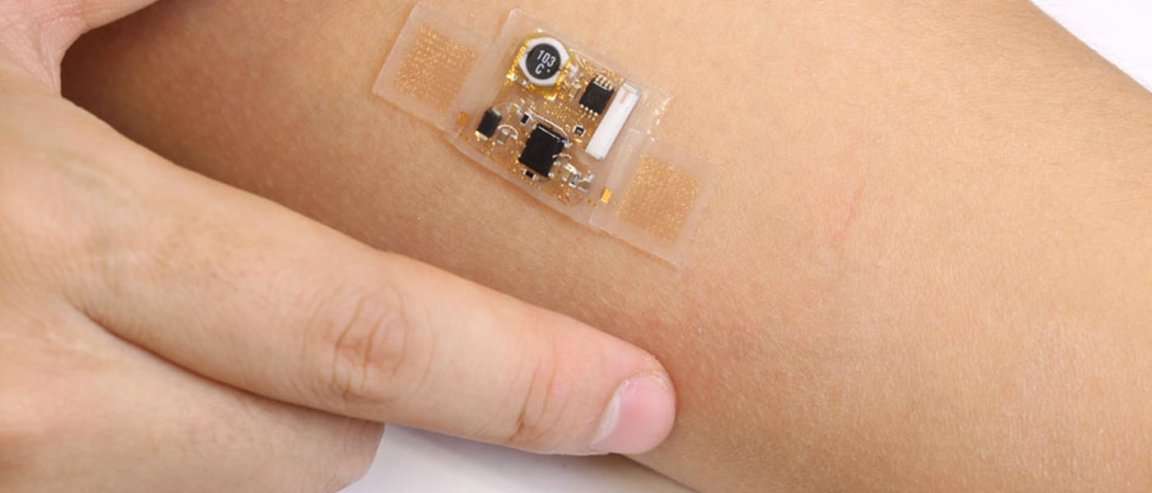
Non-Invasive Health Monitor
We often see them on sci-fi shows: health monitors embedded in the human body, tracking everything that goes on inside us. That particular technology is still far off. However, a new development from the King Abdullah University of Science and Technology (KAUST) in Saudi Arabia is bringing us close. Researchers have developed a process that prints high-performance, silicon-based computers on soft, sticker-like surfaces capable of fitting into the asymmetric contours of the body.

The team of researchers from the KAUST Computer, Electrical, and Mathematical Science and Engineering Division, led by Muhammad Hussain, worked on this technology that makes silicon materials more flexible while still retaining their performance. The study is published in the journal Advanced Material Technologies.
“We are trying to integrate all device components–sensors, data management electronics, battery, antenna–into a completely compliant system,” Hussain explained. “However, packaging these discrete modules on to soft substrates is extremely difficult.”
Decal Electronics
The team improved on the process of printing circuit patterns with liquid ink from conductive molecules on to materials like polymers or cellulose. This allows for high-speed roll-to-roll device assembly with low-cost packaging. The electronic skin application they developed is a sensor with narrow strips of aluminum foil, which changes its electrical conductivity depending on its bending state.
The team printed their decal electronics using 3D techniques that encapsulated the silicon chips and foils into an adhesive layer-backed polymer film. To ensure maximum flexibility, these decal devices use high-mobility zinc oxide nanotransistors on silicon wafers, all thinned down to microscale dimensions.
With this device, doctors could monitor a patient’s activity levels such as breathing patterns. And all this without the hassle of something bulky or heavy attached to your skin. But the device isn’t just for our bodies, either.
“You can place a pressure-sensing decal on a tire to monitor it while driving and then peel it off and place it on your mattress to learn your sleeping patterns,” said Galo Torres Sevilla, first author of the findings and a KAUST Ph.D. graduate. Hussain notes how decal electronics, with their robust performance and high throughput manufacturing potential, could lead to other innovative applications.
“I believe that electronics have to be democratized–simple to learn and easy to implement. Electronic decals are a right step in that direction,” Hussain said.